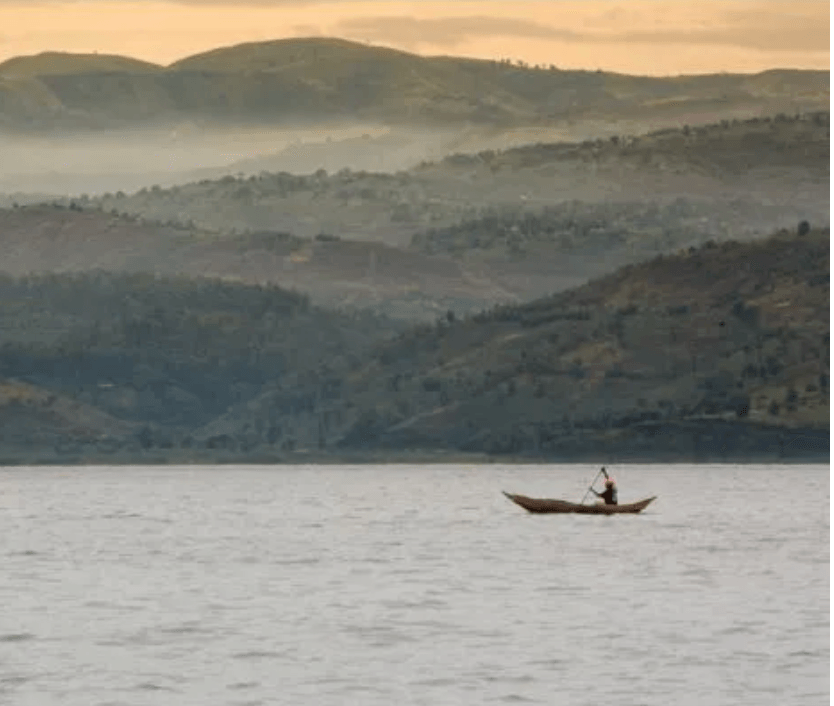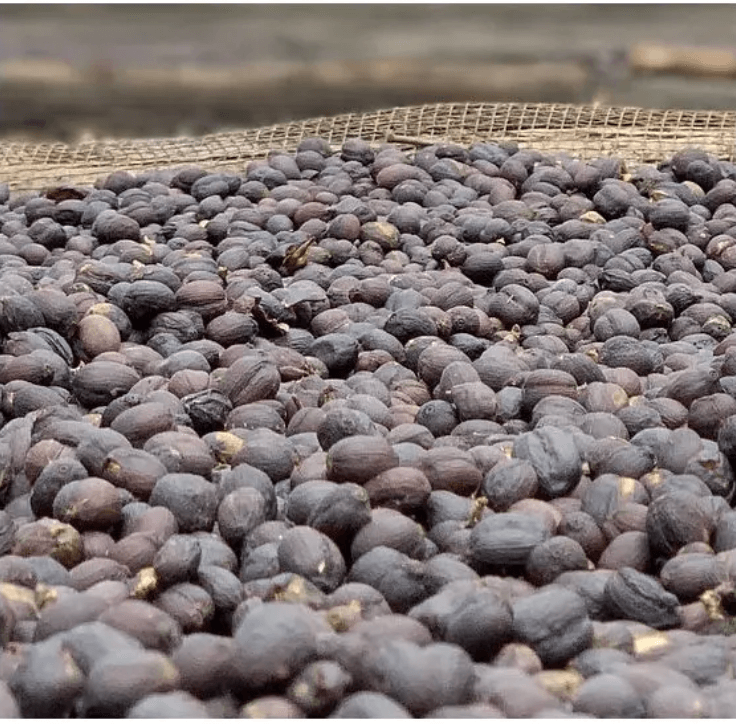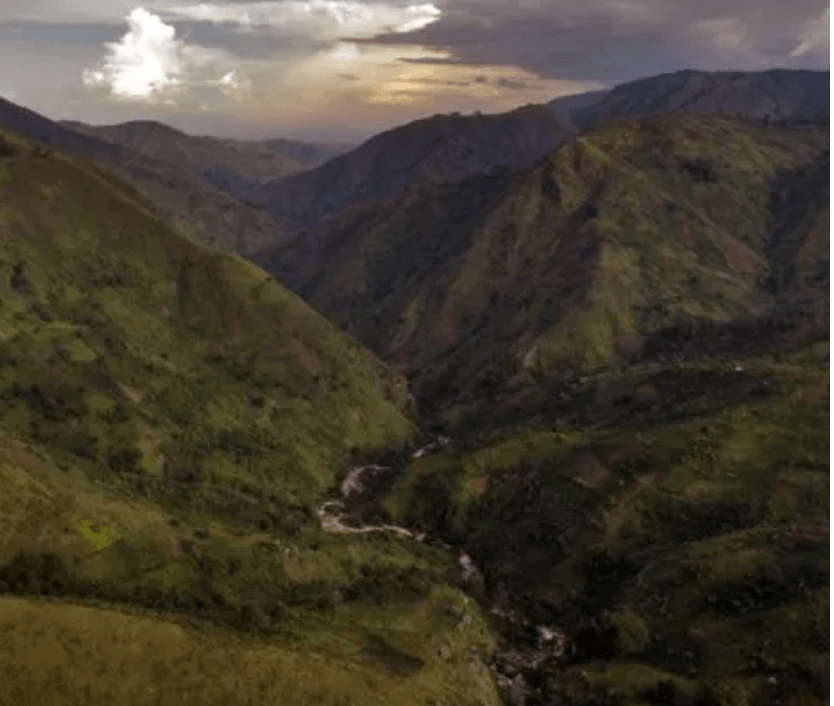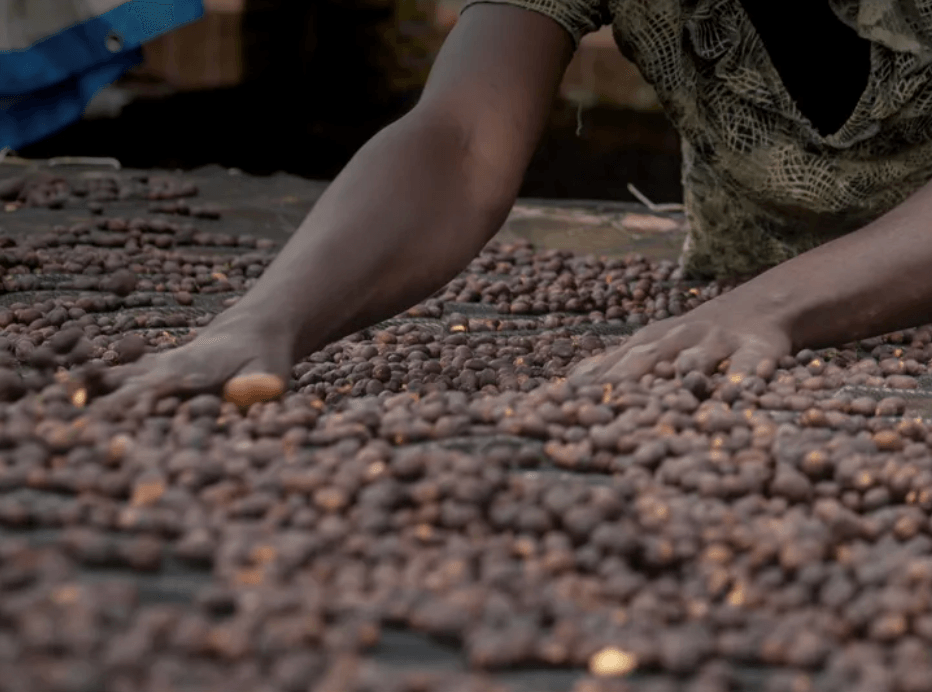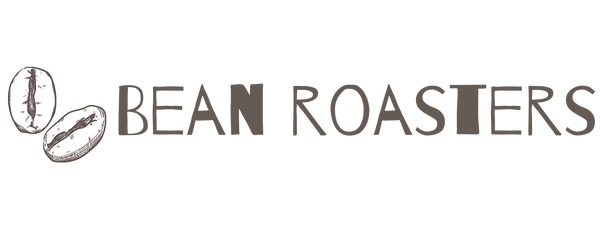Beanroasters.se
DR Congo Olive Mudekereza Robusta green coffee beans
DR Congo Olive Mudekereza Robusta green coffee beans
Couldn't load pickup availability
DR Congo Olive Mudekereza Robusta Raw coffee beans
Robusta Raw coffee beans, green coffee, green coffee beans taste of black pepper, chocolate, clean and rounded. Perfect for darker espresso roasts or for those who love the "distinctive" robust taste that is popular in Vietnam, for example.
HOW TO ROAST ROBUSTA DIFFERENTLY?
Like Arabica, the flavors in robust beans are unlocked through the roasting process. However, as a different species, robusta beans behave differently during roasting, and roasters must adjust their approach accordingly.
Density, shape and sugar levels all come into play when profiling each new coffee. To bring out the best in each batch, roasters must consider these variables (and a host of others) when developing a profile.
First, density. Robusta beans are generally less dense than Arabica because they are grown at lower altitudes and higher temperatures.
But their bean structure is far more complex, so confusingly, during roasting, robusta behaves like a very dense high-altitude arabica coffee.
The theory behind it is not very different [for arabica and robusta], but people have to take the same approach as when starting a new batch from a different origin.
It is not possible to just turn on the machine and repeat the last profile you are using. The cellular structure of conilon [and robusta] is stiffer, and this makes it behave in the same way as denser grains, although the apparent density is not as high.
You start with a higher charging temperature when roasting robusta.
Heat is transferred differently within the beans, which ultimately requires slightly longer towers, and often a final temperature that is 5 to 7 ºC higher than for Arabica coffee. This difference in heat transfer means that the rate of rise (RoR) does not change as much during frying. As such, many roasters believe that robusta is much more "forgiving" than arabica.
Development & timing
Due to their density, the robusta beans can be roasted a little longer without damaging their structure and taste. This means that longer development times are often better suited for robusta coffees, and can even bring out more desirable flavors.
Roast times towards nine or ten minutes will bring out chocolate and spicy notes in good quality robusta as the sugar begins to caramelise. It is also important to point out that the first crack is much less audible when rusting robust. Being extra careful in locating it will help you control the roast, while missing it can mean overdevelopment and bring out more of the smoky or sharp notes in the beans.
About this raw coffee
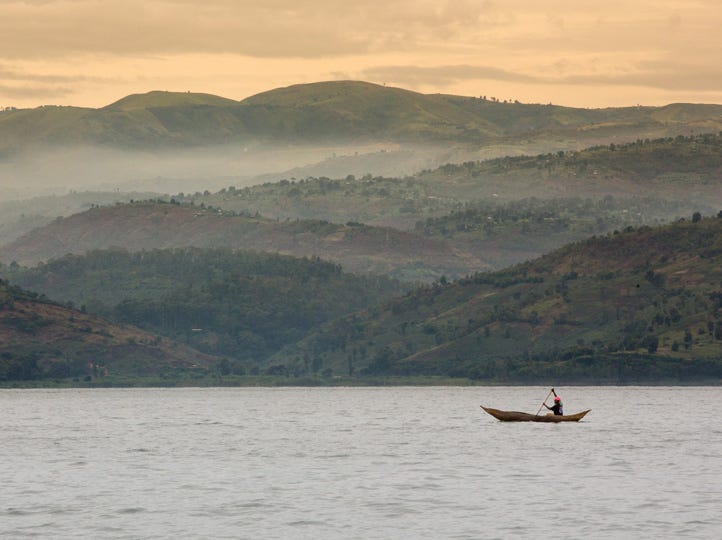
AtSource is Olam's revolutionary agricultural supply chain sustainability insights platform, designed to measure social and environmental impact and drive change for farmers, communities and ecosystems. The platform was designed to help us track our sustainability goals as well as empower our customers to manage their own more effectively. By providing intuitive access to over 100 metrics that allow us to more accurately measure our impact, we are better equipped than ever to realize our sustainability vision at scale.
| Origin | Democratic Republic of the Congo |
|---|---|
| Subregion | Livungi, South Kivu |
| Producer Type | Single Estate |
| Processing | Washed |
| Growing Altitude | >1000m |
| Plant Species | Robust |
|---|---|
| Coffee Grade | DRC CR NAT HTM/N/M |
| Screen Size | 15 Up |
| Bag Weight | 60 KG BAG |

The region
Despite the social instability that has existed for decades in eastern Congo, the Ruzizi plain is an area of strong economic potential. It protects the borders of three countries in the Great Lakes region: the Democratic Republic of the Congo (DRC), Rwanda and Burundi. It lies between Lake Kivu in the north and Lake Tanganyika in the south. These two lakes are connected by the Ruzizi River, which provides a good water resource for agricultural activities and for feeding.

AtSource + Driving Measurable Impact
Our AtSource+ supply chains meet the following criteria:
- Origin traceability to farming group
- Information on nine sustainability topics covering over 100 metrics
- Granular metrics and footprints specific to the customer's supply chain
- Ongoing insights support more efficient and effective efforts via continuous improvement plans
- Impact stories bring measurements to life on the digital dashboard
Share
